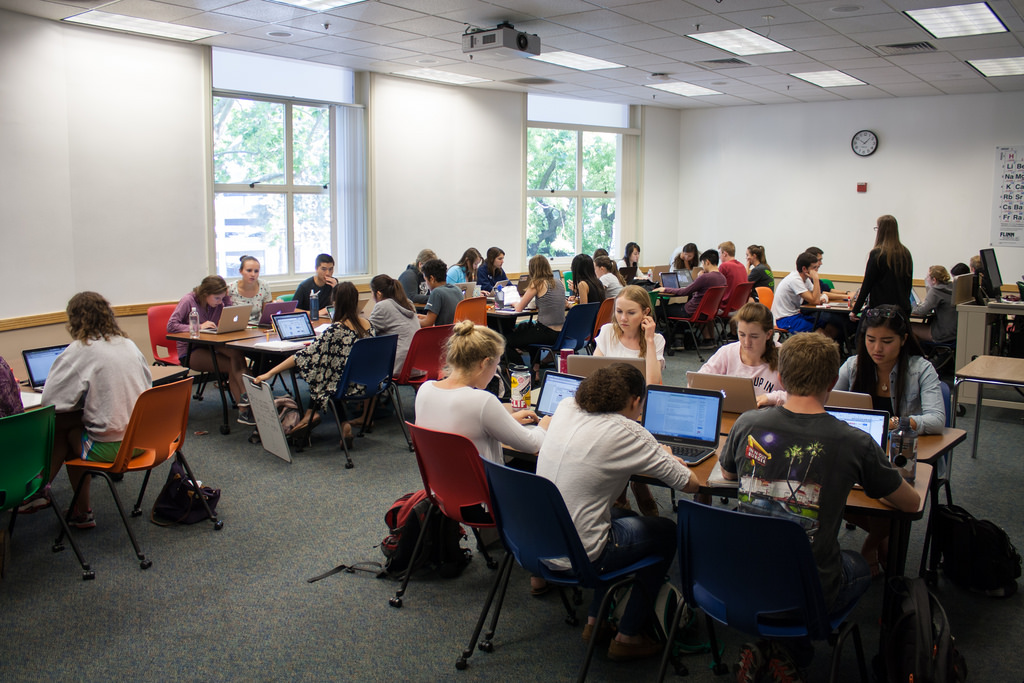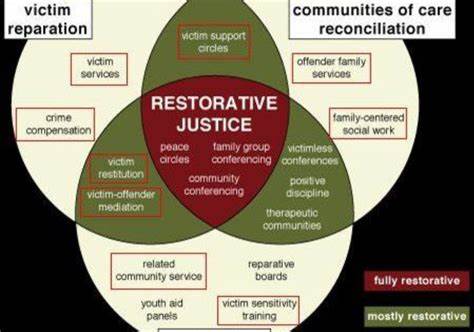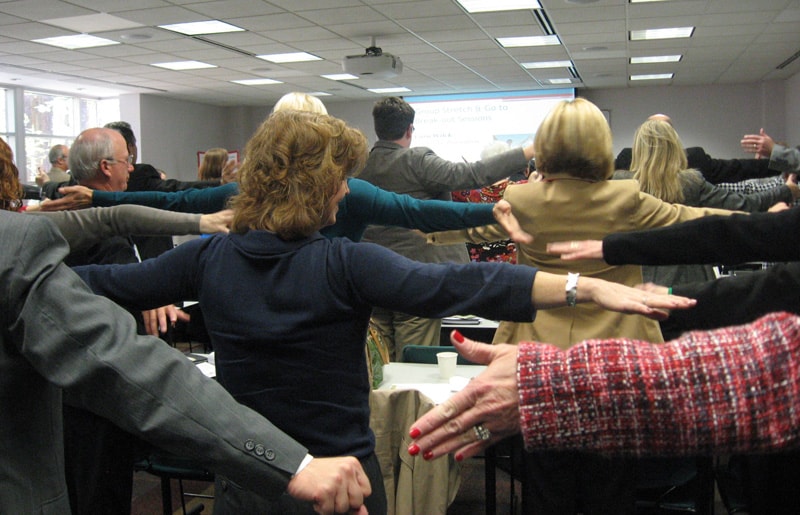
In Part One, I related how the education system of the United States rose to prominence in the 20th century…and how it has fallen in world rankings over the last 50 years. I covered some of the reasons for its diminishing effectiveness. In this post, I’ll lay out some of the ways the system can be improved.
Funding
Providing schools with the money needed to run them and money to conduct the classes and money to carry out the extracurricular activities that enhance the educational experience is a no-brainer. Paring it all down to something akin to a third-world country program is not how to teach our children what they need to succeed in society.
An integral part of this funding should go toward addressing overcrowding of schools. It isn’t really even being acknowledged in any meaningful way. Reopening the many schools left vacant in the consolidation of schools across the country would be a logical step toward alleviating overcrowding. Teachers and administrators would be needed to operate these schools, but that’s part of what the funding must cover. The shameful ratio of students to teachers should be remediated without further delay. More schools and teachers translate to more effective education.
Higher Standards
Throwing money at a problem doesn’t necessarily resolve the problem. That’s bound to be true for education. However, the pool from which to hire top-quality teachers is bound to become bigger if teachers can be paid a salary that corresponds to their value. If more money can be funneled into the education system, talented students who want to teach can keep the incentive to live their dreams without concern for their financial survival.
Funding for school districts come primarily from state and local governments. The percentages vary from state to state, but typically the state contribution is roughly equal to the local input. The remainder for public schools is provided by the federal government and amounts to 10 to 20 percent. A larger allocation from the federal government could be helpful, but the idea of the overly liberal or overly conservative strings attached make their “help” unwelcome to many individuals in the small locales where they have their own ways of doing things.
Also, school districts unfortunately are not created equal. Poorer communities have lower property values and thus less property taxes to flow into the school coffers. This means less support for programs and less compensation for hard-working, sometimes highly challenged teachers. Raising the teacher qualifications in such districts can be even more difficult than in the prosperous ones. Federal support could make a great difference to these areas as long as it is non-partisan. In any case, putting classroom management and curriculum creation decisions in the hands of the community increases citizen and parental involvement, which are vital to the health of an education system.
On the subject of the poorly funded districts, which are often inner city neighborhoods, I also want to touch on the tragic subject sometimes referred to as the school-to-prison pipeline. The following quote from the American Civil Liberties Union website describes the problem and suggests a basic solution.
“The ACLU is committed to challenging the “school-to-prison pipeline,” a disturbing national trend wherein youth are funneled out of public schools and into the juvenile and criminal legal systems. Many of these youth are Black or Brown, have disabilities, or histories of poverty, abuse, or neglect, and would benefit from additional supports and resources. Instead, they are isolated, punished, and pushed out.
“Zero-tolerance” policies criminalize minor infractions of school rules, while cops in schools lead to students being criminalized for behavior that should be handled inside the school. Students of color are especially vulnerable to push-out trends and the discriminatory application of discipline.
The ACLU believes that children should be educated and supported in schools, not incarcerated. We are working to challenge numerous policies and practices within public school systems and the juvenile justice system that contribute to the school-to-prison pipeline.”
Restorative justice, a system of criminal justice which focuses on the rehabilitation of offenders through reconciliation with victims and the community at large, is also part of the solution and has shown good promise.

Study Technology
It’s time for administrators/educators in the USA to more widely accept innovative methods of teaching. I strongly urge them to put greater emphasis on results for individual students rather than moving the herd across the range of the K-12 landscape. Everyone should be monitored and tested each step of the way to ensure they are getting the material to the point of being able to use it. They should be able to work at their own pace and not be pressured to move on to the next section before they fully understand the section at hand. Regimenting grades and mass movement through the system is unnecessary and counter-productive.
A survey of the highest performing educational systems in the world reveals some interesting developments. The Singapore government created the Education Technology Office. Its purpose is to come up with new technologies that can be used in the classroom. These include educational apps and online learning platforms. They have also put time, money and effort into developing new instructional methods, such as 21st century learning, emphasizing problem-solving and critical thinking skills.
Curricula
College is overrated and there is a trend away from getting degrees because they don’t offer the odds of success in life they once did. There needs to be greater emphasis on vocational training in public schools to put students on a path to a productive occupation that truly interests them. Vocational training on an ever-widening scope as the world changes would be a solid step toward providing a more meaningful and fulfilling education.
The German education system is one to aspire to when it comes to preparing students for the world of work. Students are taught how to be efficient and productive workers. They are given the opportunity to get work experience by being placed in internships and actual jobs. When they graduate, they are very employable.
Turning it Around
Much more could be written about this subject. The problems with the education system in the United States are complex and wide-ranging. I’ve scratched the surface here, but it’s clear there is hope. If educators, parents and community leaders will open their minds to change and solutions, there are models for success accessible to this great country. Differences can be resolved. Caring communication is where it all starts.

Leave a Reply